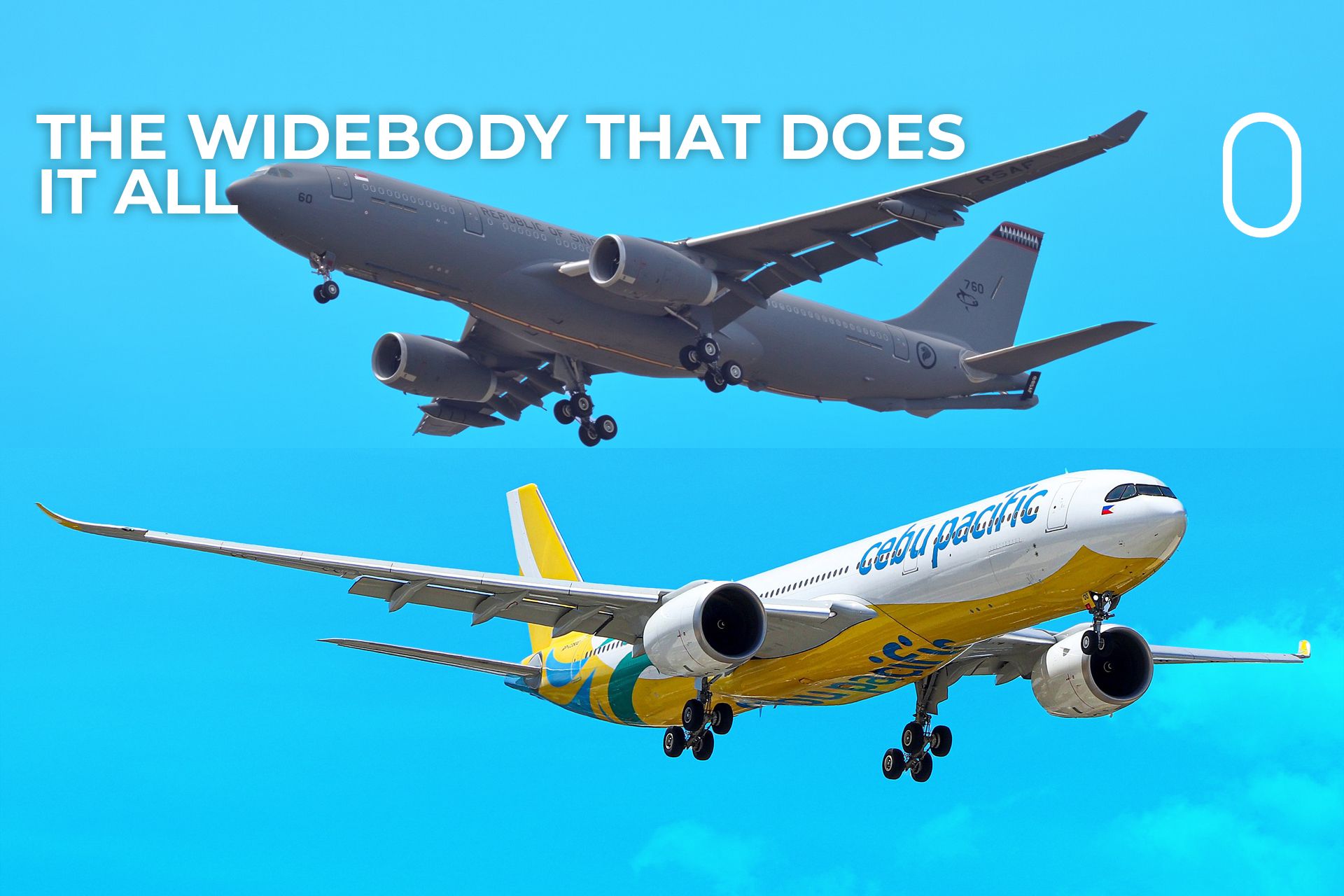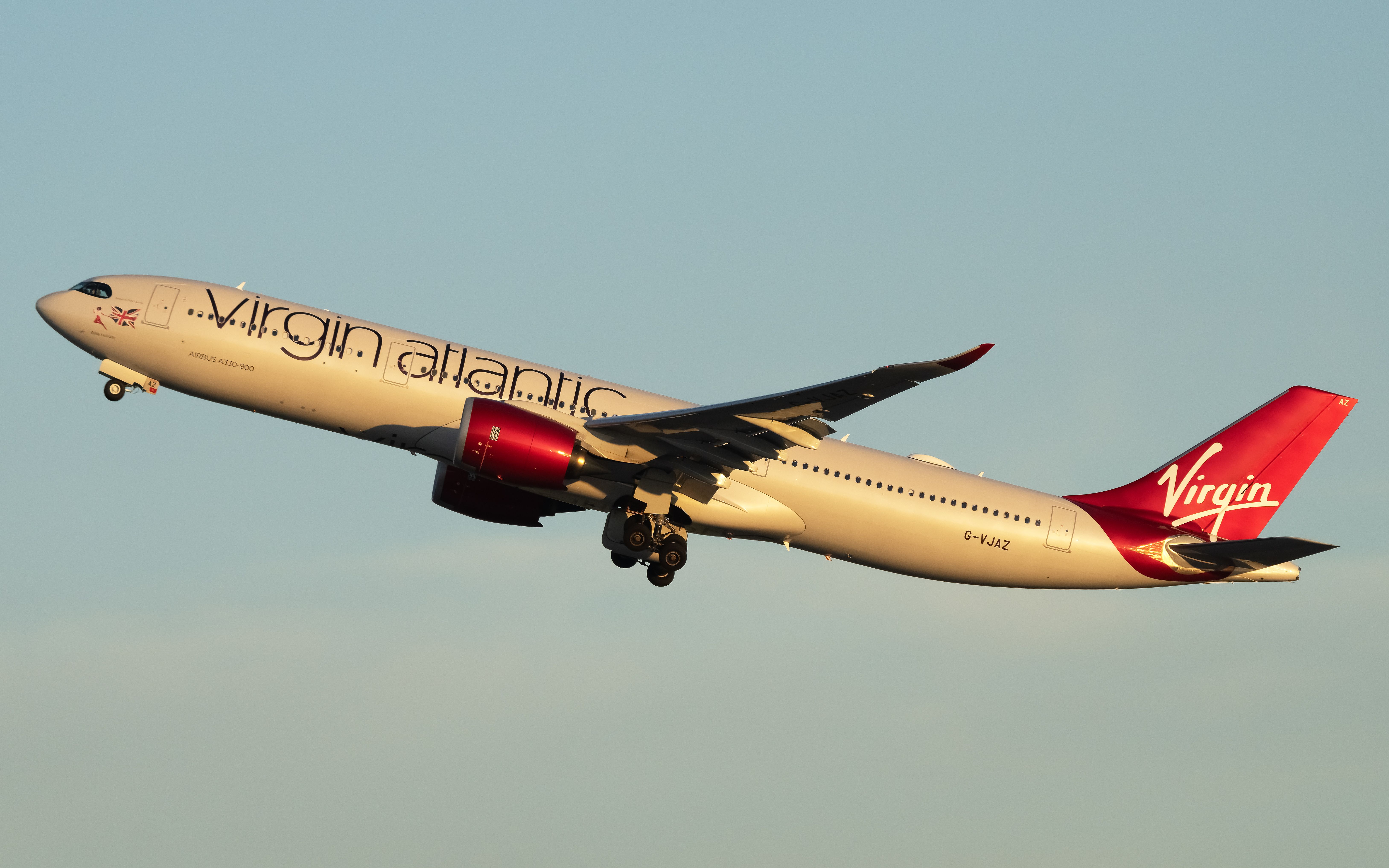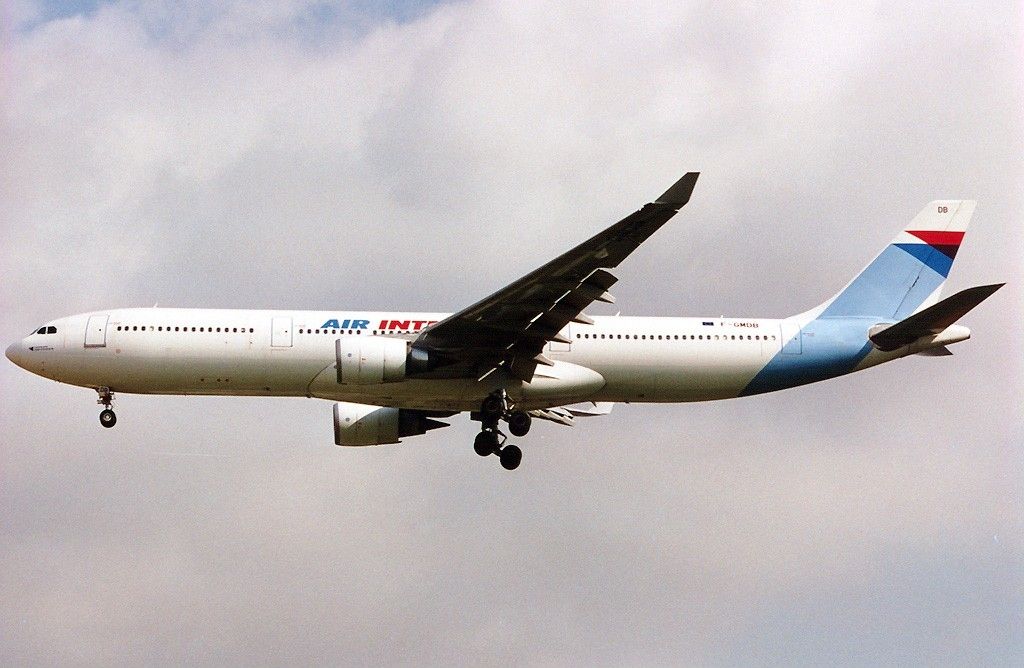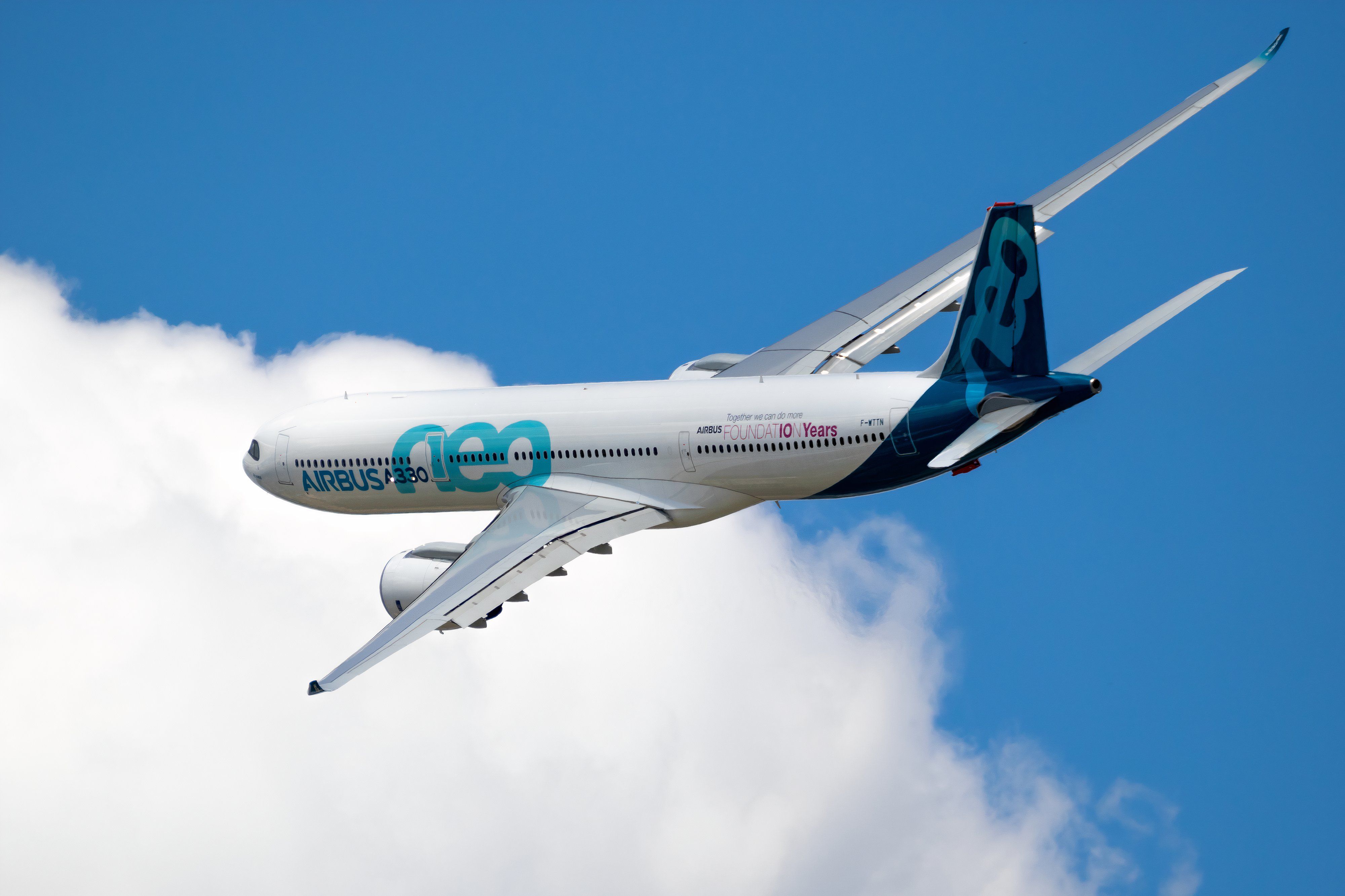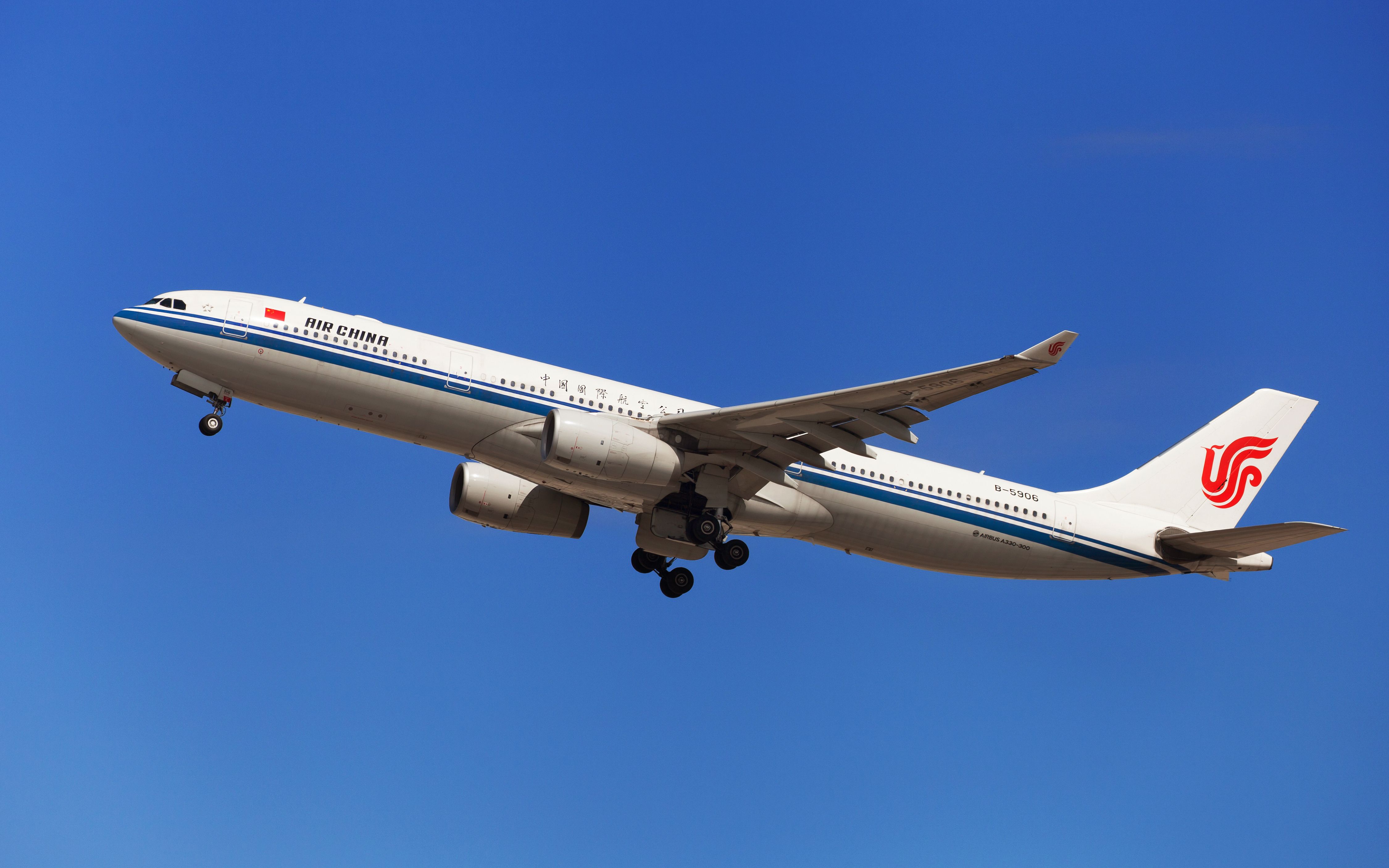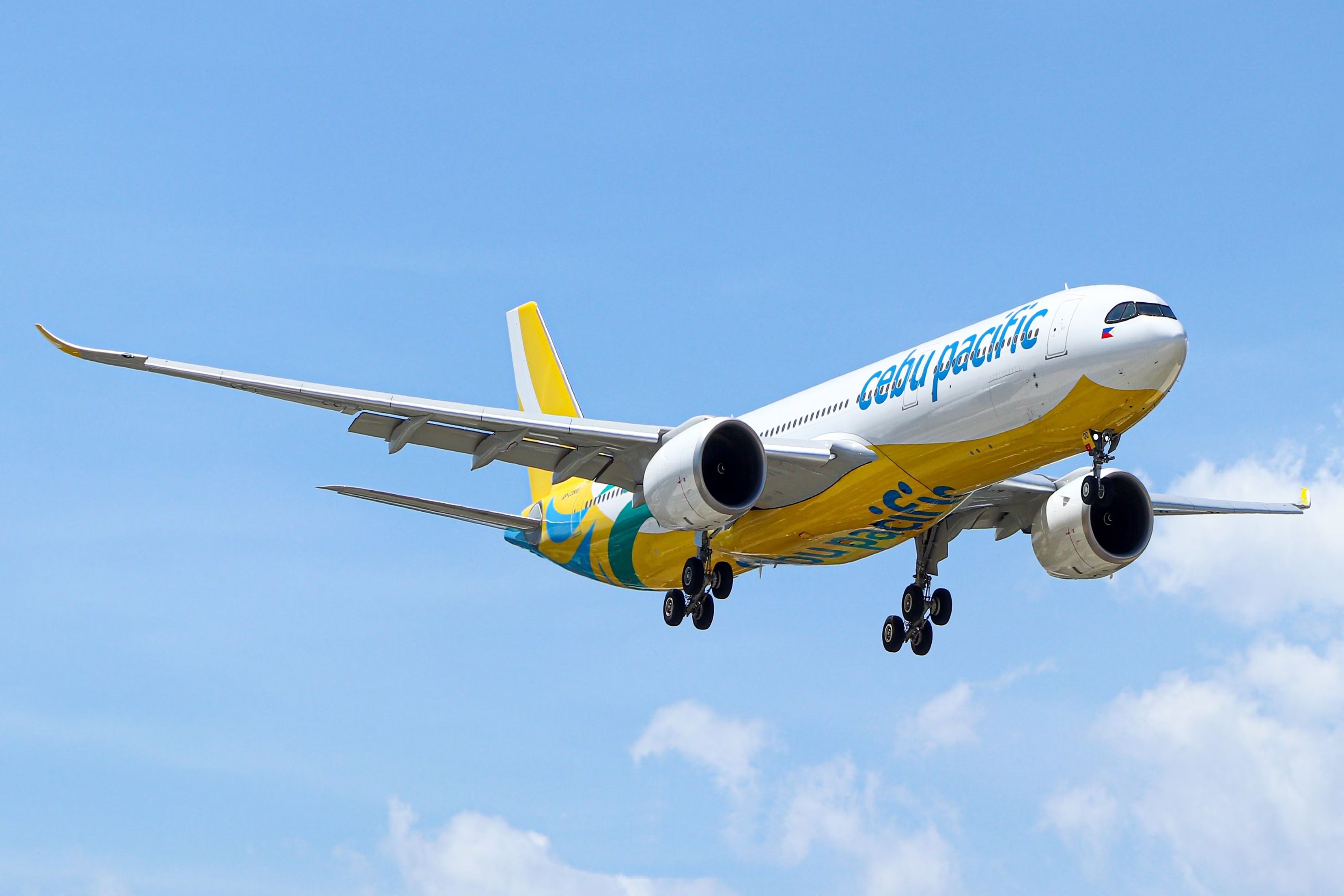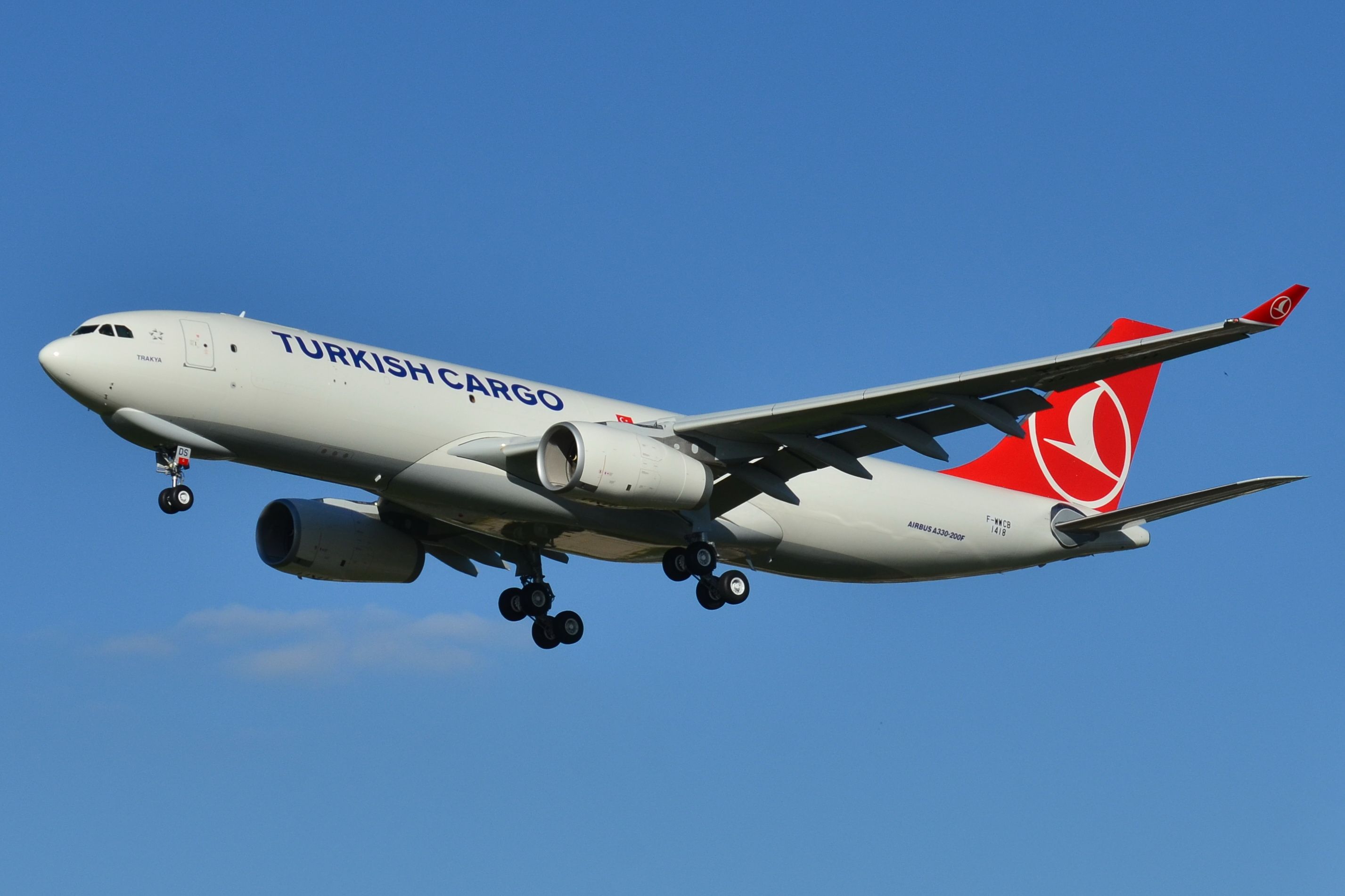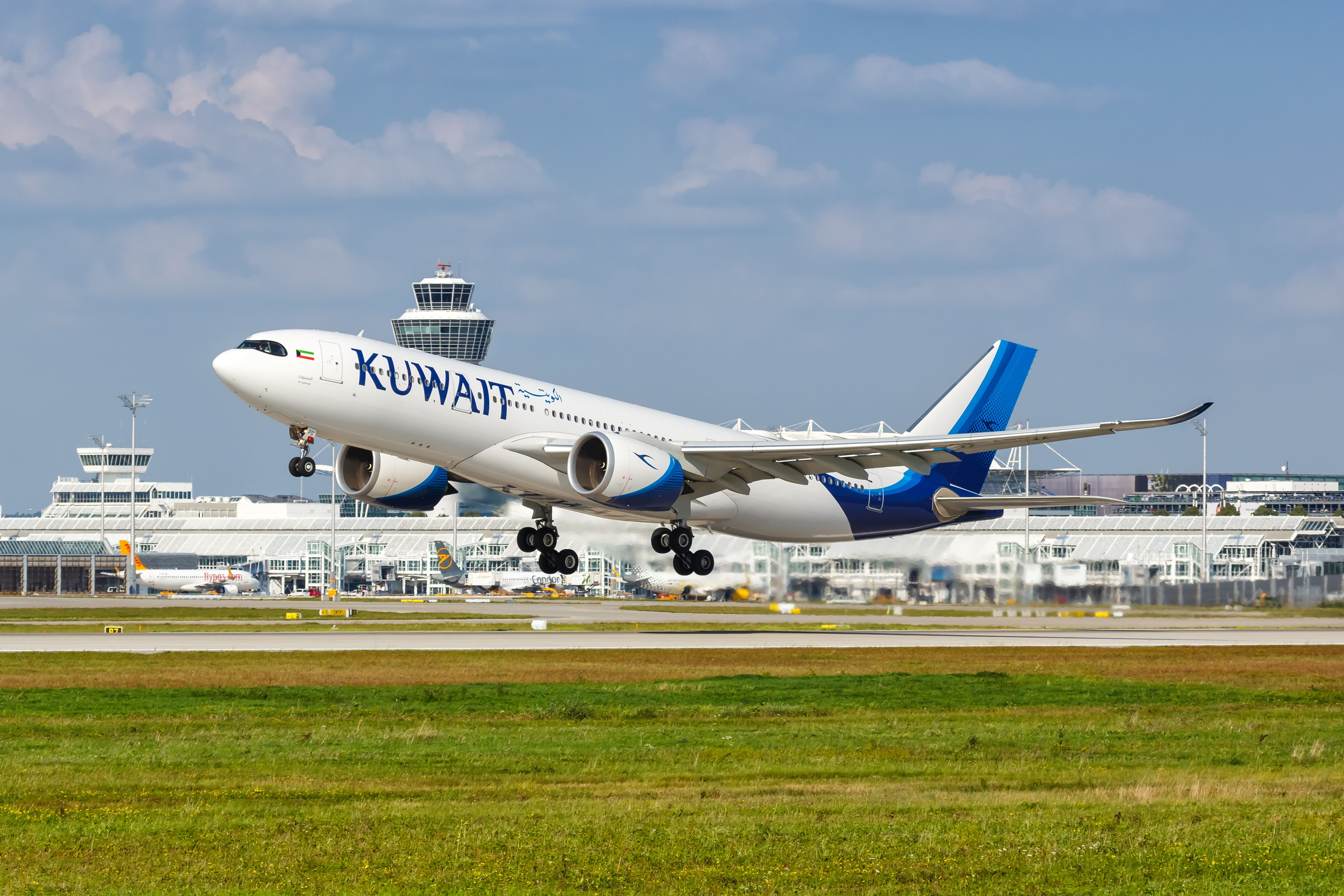Summary
- Airbus developed the A330 as a large twinjet aircraft for fuel efficiency during the 1973 oil crisis.
- The A330 led to the A340 and subsequently the A350, although Airbus continued production of the more modern A330neo variant.
- The Airbus A330 has different variants & uses, including cargo, corporate, & military adaptations.
Airbus’ idea of developing a large widebody jet that built on the success of the A300 dates back to the mid-1970s. The European manufacturer had originally planned on making different variants of the A300, including the larger A300B9, which would later go on to become the Airbus A330.
Photo: Vincenzo Pace | Simple Flying
The idea was to create a high-capacity twinjet to compete with the McDonnell Douglas DC-10 and the Lockheed L-1011 TriStar. During the early 1970s, there was an oil crisis after OPEC placed an embargo on counties that helped Israel during the 1973 Yom Kippur War. Not only could the Airbus A330 compete with the Douglas and Lockheed aircraft, it also burned 25% less fuel, making it very attractive to airlines.
Air Inter was the aircraft’s launch customer
The Airbus A330-300 made its maiden flight on November 2, 1992, and received its certification just under a year later on October 23, 1993. The aircraft’s launch customer was the French domestic carrier Air Inter, which received its first A330 in January 1994 and immediately put it in service flying between Paris and Marseille.
When Boeing introduced the 767-300ER in 1986, sales of the A330 slowed down, which forced Airbus to rethink. To combat the decline in sales, Airbus built the smaller A330-200 to compete with Boeing’s largest narrowbody aircraft – the 757-300ER. The Airbus A330-200 had a longer range and cost around 9% less to operate.
The Airbus A330 led to the A340 and A350
Rather than continuing to develop the Airbus A330 for long-haul flights, the European manufacturer went ahead with its four-engined A340. Airbus was already years behind when the new, lighter, and more fuel-efficient Boeing 787 Dreamliner arrived on the scene. With modern long-range planes on the market, airlines began to retire four-engine planes like the Airbus A340 and replace them with the more efficient Boeing 787.
Photo: VanderWolf Images | Shutterstock
In response, Airbus initially thought about another variant of the A330 but instead came up with an all-new design for the Airbus A350. However, rather than stopping production of the Airbus A330, the European plane maker decided to fit it with new, more fuel-efficient engines and market it as the Airbus A330neo.
Variants of the Airbus A330
Airbus A330-200 and A330-300
While many of the world’s leading airlines still fly the Airbus A330, Delta Air Lines is the aircraft’s largest operator. Data from ch-aviation shows that the SkyTeam member currently operates 72 A330s.
Other significant operators of the Airbus A330 include:
- Turkish Airlines (60)
- China Eastern Airlines (56)
- Air China (49)
- Cathay Pacific (41).
Photo: Santi Rodriguez | Shutterstock
Meanwhile, away from Asia, Qantas, Ibiera, Hawaiian Airlines, and TAP Air Portugal also operate sizeable Airbus A330 fleets.
The Airbus A330 Regional
Looking to build a high-density all-economy class Airbus A330, the European manufacturer came up with the idea for a 400-plus-seat plane it calls the “A330 Regional.” The first A330 Regional was delivered to Saudia in 2016. Lion Air has six aircraft with seating for 436 passengers.
The latest airline to get onboard with all-economy seating on a widebody is Philippines-based Cebu Pacific, which managed to squeeze in 459 seats. From its hub at Manila’s Ninoy Aquino International Airport (MNL), the low-cost carrier deploys its A330s primarily on high-capacity routes across Asia-Pacific and the Middle East, including:
- Dubai (DXB)
- Sydney (SYD)
- Melbourne (MEL).
Cargo Airbus A330s
To cater to airline cargo operations, Airbus developed the A330-200F, an aircraft capable of transporting 65 tons up to 4,600 miles. Turkish Airlines’ cargo division is the world’s largest operator, with 12 A330-200Fs in its fleet.
Realizing that many older Airbus A330s were suitable for freighter conversion, the European manufacturer partnered with Dresden-based Elbe Flugzeugwerke and Singapore engineering firm ST Aerospace to transform the aircraft into A330P2F freighters.
Based on the Airbus A330 but with 30% more space than the original Beluga freighter, the BelugaXL A330-743L can accommodate two Airbus A350 wings, unlike the original, which could only manage one. The aircraft began transporting cargo between Airbus factories in 2020.
Corporate and military Airbus A330s
Airbus has two corporate jet variants of the A330, the A330-200 Prestige and the ACJ330neo, an aircraft capable of flying 25 passengers non-stop between Europe and Australia.
Designed to be a tanker for aerial refueling, the Airbus A330 Multi-Role Transport Tanker (MRTT) is based on the A330-200. Currently, the aircraft is in service with 13 countries’ militaries.
The Airbus A330 today
Delta Air Lines is currently the world’s largest operator of the Airbus A330. The more modern A330neo entered into service with TAP Air Portugal on December 15th, 2018. The first variant to be produced was the A330-900, while the smaller A330-800 arrived two years later.
Photo: Markus Mainka I Shutterstock
Although the Airbus A330-900 has proved to be popular with carriers around the world, the A330-800 has not matched its success. There are currently only three commercial operators of the A330-800, although Garuda Indonesia also has four on order. These are:
- Kuwait Airways (4)
- Uganda Airlines (2)
- Air Greenland (1).

